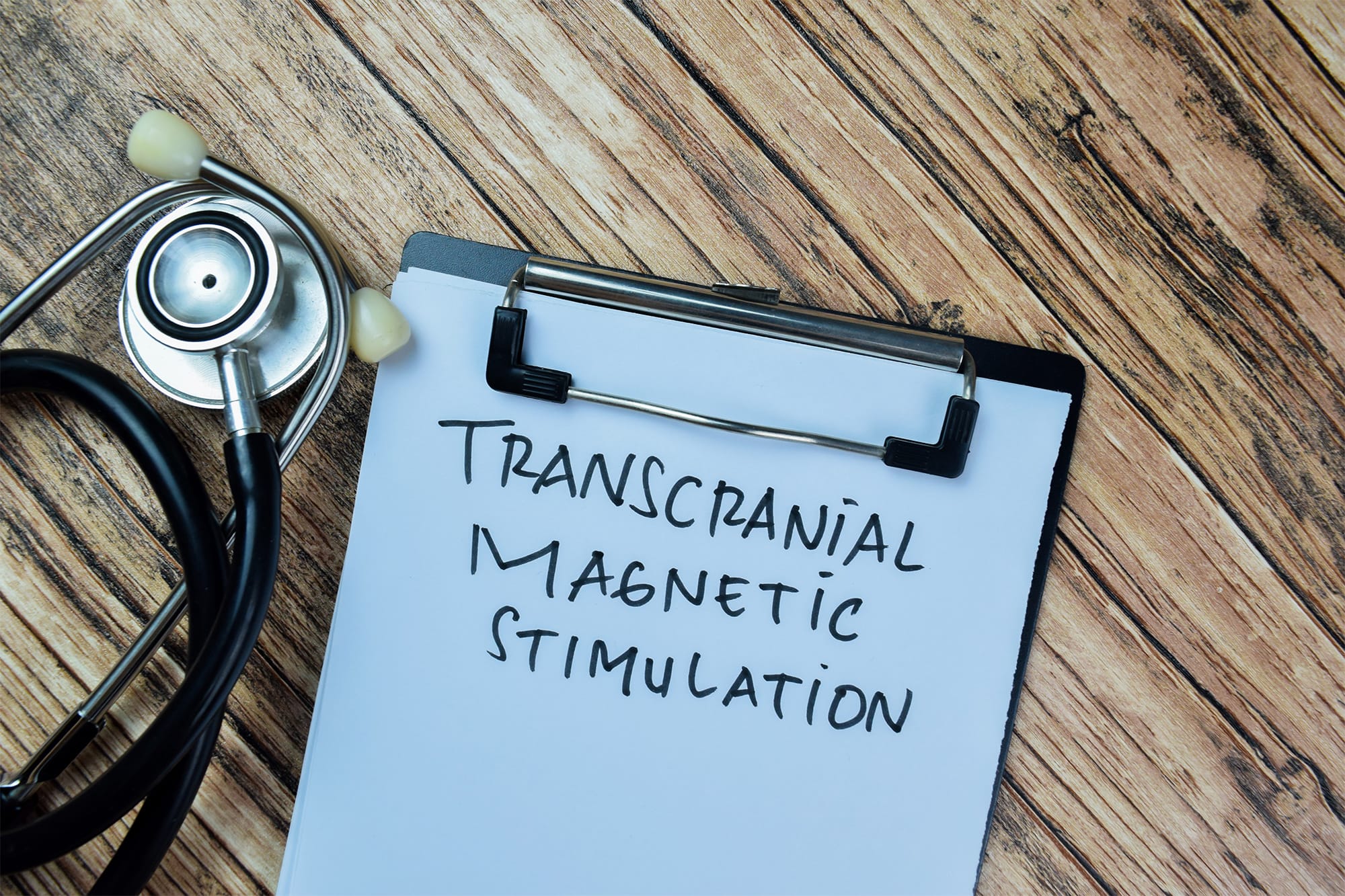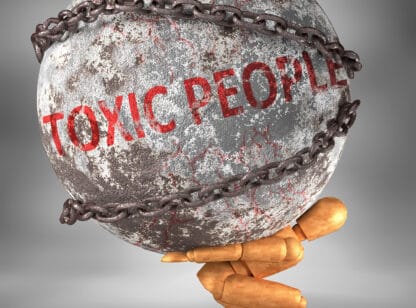Post-traumatic Stress Disorder (PTSD) is a mental health condition triggered by experiencing traumatic events, resulting in symptoms like flashbacks, nightmares and severe anxiety. Conventional treatments include pharmacological and therapeutic interventions, while promising emerging treatments include forms of neuromodulation like transcranial magnetic stimulation, or in this case, a particular subset of TMS: personalized repetitive transcranial magnetic stimulation (PrTMS).
PrTMS is a stylized version of TMS treatment that stimulates specific regions of the brain while protocols evolve from a continuous feedback loop. This feedback loop functions through the delivery of symptom surveys, namely, the severity checklist (PCL-5) for PTSD. This stimulation increases brain wave activity in the desired alpha region which has been associated with optimal brain function.
“The study highlights that global TMS coil placements can address complex psychiatric disorders and that spectral qEEG is vital in understanding diagnosis and treatment options.”
— Keerthy Sunder, MD
Prior research has specifically investigated the effects of PrTMS in combat veterans with treatment-resistant PTSD, highlighting its potential as an alternative or adjunctive treatment option (Makale et al., 2023). Milan Makale, MD and his colleagues also observed a correlation between lack of coherence in alpha brainwave activity and clinical functional impairment in PTSD patients.
In this case study, the hope was to increase alpha brainwave coherence through PrTMS to reduce symptoms of PTSD in patients.
Methods. The study utilized quantitative spectral EEG (qEEG) captures (via a CX TMS headband dry electrode headset) to visualize brain wave activity in different regions. This visualization was then used to target treatment areas in the brain. The treatment specifically targeted brain regions corresponding to locations Fpz, F3, F4, and F3/F4, which are associated with key cognitive and motor functions. These treatment locations remained consistent among patients in this study as the specialized algorithm (Peaklogic) determined these spots as most crucial to target with therapy. The specialized algorithm also determined the frequency and amplitude of rTMS at the specific brain regions.
During the course of treatment, PrTMS was administered by trained technologists and patients were given the PCL-5 pre- and post-treatment to monitor PTSD symptom severity. Treatment and surveying was administered on a weekly basis to each patient and also fed into the PrTMS algorithm to help guide and provide personalized treatment. As a therapeutic intervention, PrTMS was administered for approximately 30 minutes each day, five days a week, for seven weeks.
Subjects in this case study included:
- A 63-year-old Caucasian female with PTSD and major depressive disorder (MOD), recurrent, severe, without psychotic features.
- A 57-year-old Caucasian female with PTSD and MOD, recurrent, severe, without psychotic features.
- A 43-year-old African American male with PTSD, generalized anxiety disorder (GAD) and MOD, recurrent, severe, without psychotic features.
Results. Across the three cases, coherence in alpha brainwave activity indicates successful neuromodulation. Each case also demonstrated a dramatic decrease in PCL-5 scores, indicating an improvement in PTSD symptoms.
The findings showed that an efficient brain demonstrates coherent alpha wave activity, essential for optimal EEG ratio agility. The study highlights that global TMS coil placements can address complex psychiatric disorders and that spectral qEEG is vital in understanding diagnosis and treatment options. Future scope for study involves similar personalized approaches to neuromodulation treatment to best address the multifaceted nature of mental health disorders.
This case series concludes that PrTMS, directed by spectral EEG analysis, could be a viable treatment for complex psychiatric disorders such as PTSD. It emphasizes the need for continued research combining neuroimaging and qEEG to fully understand the complex pathophysiology of PTSD and similar conditions.
Dr. Sunder is board-certified by the American Board of Psychiatry and Neurology in psychiatry and neurology. With integrative psychiatry, he combines the power of the mind and cutting-edge neurotechnology to help patients achieve optimal mental wellness. Learn more at www.karmatms.com.
Sources: 1) Yesavage, et al, 2018, Effect of Repetitive Transcranial Magnetic Stimulation on Treatment-Resistant Major Depression in US Veterans: A Randomized Clinical Trial, JAMA Psychiatry; 2) Kozel, et al, 2017, Repetitive TMS to augment cognitive processing therapy in combat veterans of recent conflicts with PTSD: A randomized clinical trial, Journal of Affective Disorders; 3) Makale, et al, 2023, Personalized repetitive transcranial magnetic stimulation (PrTMS®) for post-traumatic stress disorder (PTSD) in military combat veterans, Heliyon; 4) Parks, et al, 2021, A retrospective review of patients with Post-Traumatic Stress Syndrome (PTSD) treated by Personalized Repetitive Transcranial Magnetic Stimulation (PrTMS®), Brain Stimulation Journal; 5) National Institute of Mental Health. (2023, May). Post-Traumatic Stress Disorder. U.S., Department of Health and Human Services, National Institutes of Health


















































Comments (0)